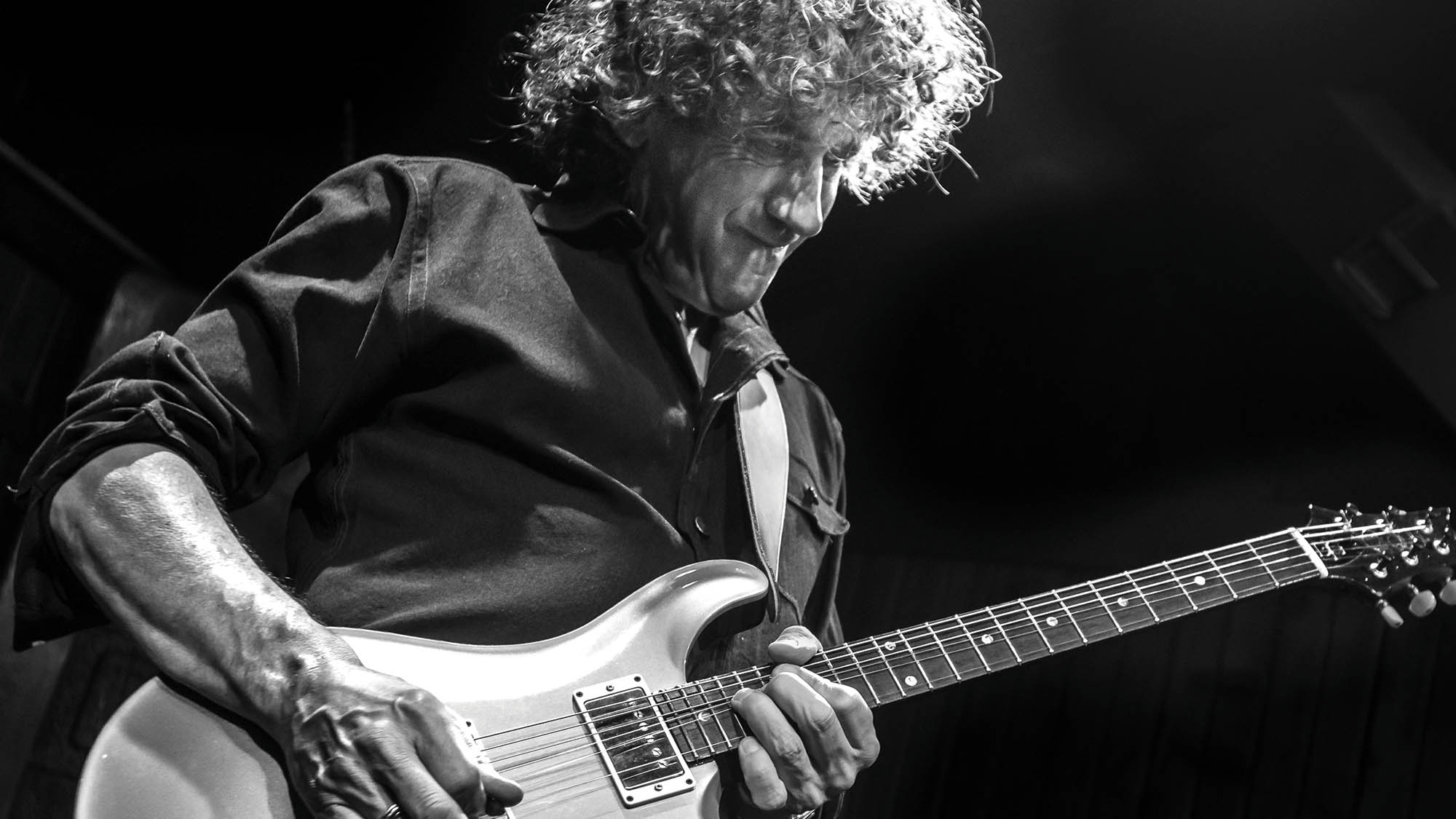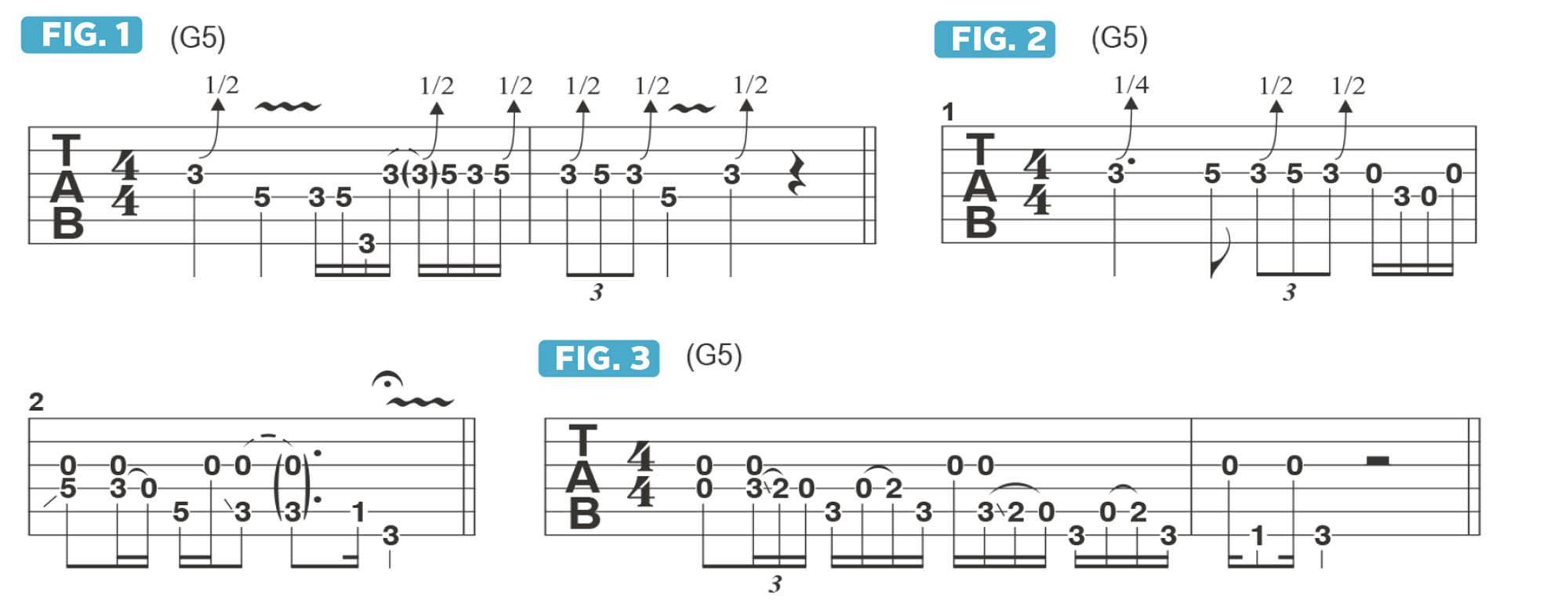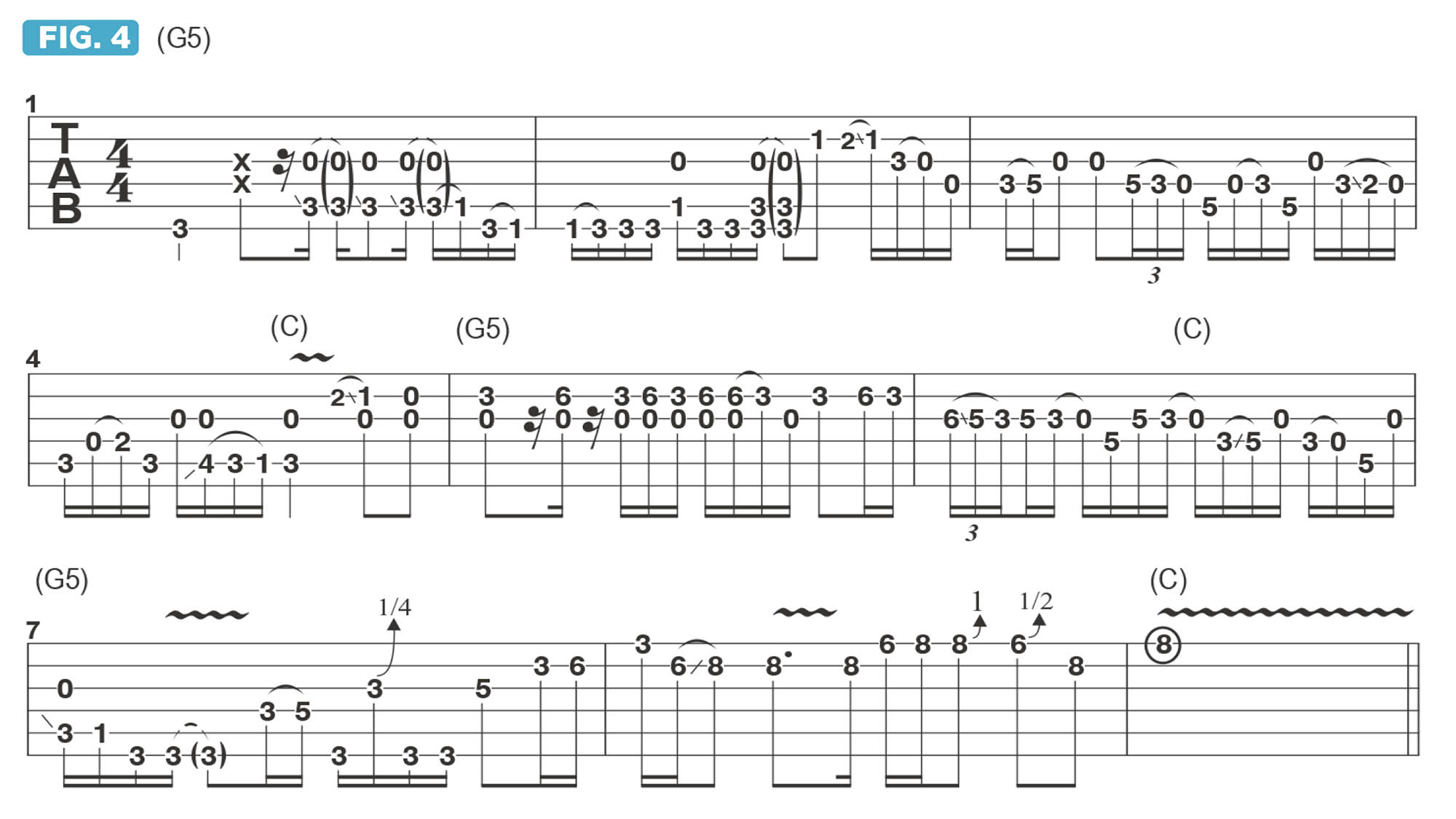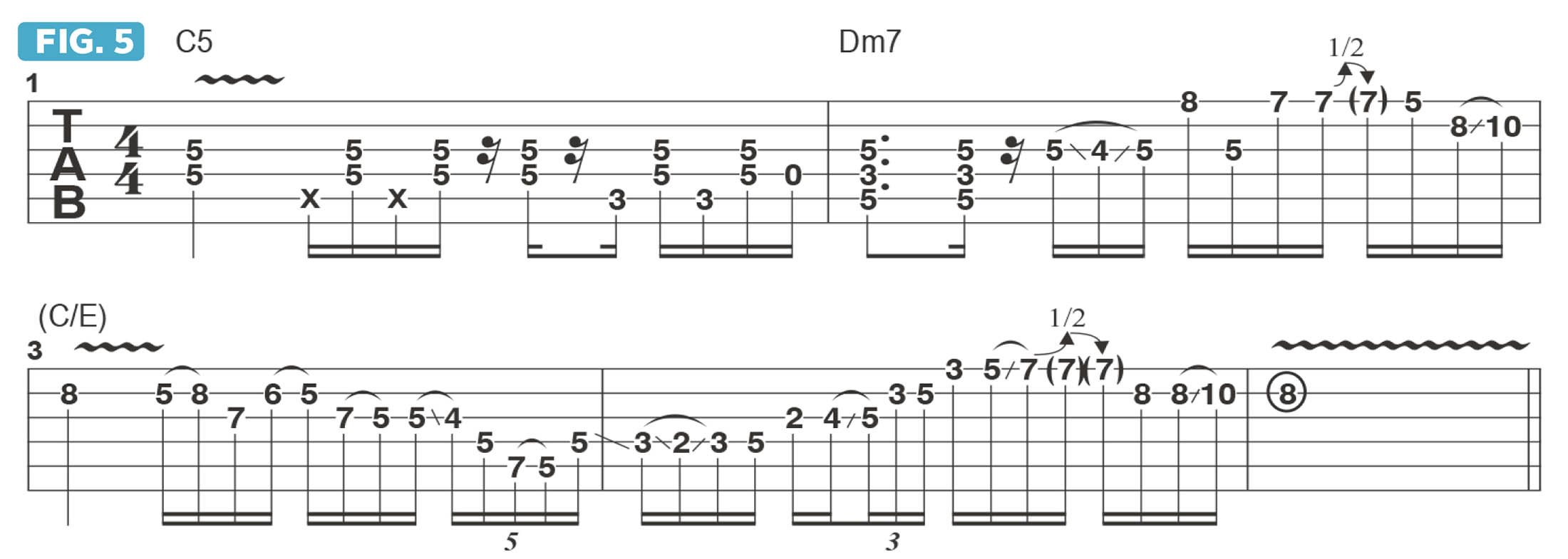“This way, there’s a straight-line connection between the solo and the song itself”: Trying to craft a memorable solo? Revisit hooks from a song’s melody
David Grissom grabs his PRS, gets in front of the camera and shows us how his solos don’t let any melody go to waste

A great approach to crafting a memorable and musically effective solo is to revisit a melodic hook, theme and/or technique that appeared earlier in the tune. This way, there’s a straight-line connection between the solo and the song itself.
In this column, I’d like to present my approach to soloing over my tune Way Down Deep, which involves drawing on its main parts.
I like to utilize this borrowing technique in a subtle way, so that the connection between the solo and the song’s previous motifs or themes are more implied than obvious. My use of hybrid picking and open-string drones in the tune’s primary riffs will find their way into the solo lines in a natural way, so that the feel and vibe of the solo reflect the tune's overall mood.
The first part of the solo is played over a variation on the hook, which starts with a G5 chord and moves to Bb and C5, performed with the combination of hybrid picking and an open G-string drone.
I intentionally leave the 3rd out of the G chord voicings, so that I’m free to play either the minor or major 3rd while soloing, or something in between, by bending the minor 3rd, Bb, up by only a quarter tone. Blues legends like Albert King and B.B. King made the most of that gray area between minor and major 3rd, and it is a very expressive device to employ when playing a melody.
On a vamp like that, hanging on G-type riffs that are based on the G minor pentatonic scale (G, Bb, C, D, F) or the G Dorian mode (G, A, Bb, C, D, E, F) will work well.
Figure 1 presents two bars played in this way, with half-step bends applied to the Bb minor 3rds, pushing them up to B natural, the major 3rd. In Figure 2, I switch these bends on the Bb notes to quarter-step bends.
All the latest guitar news, interviews, lessons, reviews, deals and more, direct to your inbox!
I also like to incorporate some of the characteristics of the tune’s hook in the soloing. Figure 3 shows the hook, which is built from 1st-position G licks sounded along with the open G-string drone and articulated with pull-offs. I love the key of G, because you can exploit the use of all of the open strings while soloing.
Figure 4 shows how I might kick off an improvised solo, starting in the lower register of the neck in bars 1-4. In bars 5-8, I move up into higher melodies while still utilizing the open G-string drone.
At bar 9 of the solo section, the song switches to a chord progression of C-Dm7- C/E-Fadd9, and here I shift to licks based in the key of C.
Figure 5 offers an example of improvised lines played over this section. After stating the C and Dm7 chords, I move to lines based on the C major scale (C, D, E, F, G, A, B), performed with legato techniques such as slides, bends, hammer-ons and pull-offs.
This will be the last installment of my column for now. I hope you’ve enjoyed the material we’ve covered in these columns. Be sure to check out my livestream seminars available on 2gthr.co.
David Grissom has toured or recorded with Buddy Guy, John Mellencamp, Storyville, the Allman Brothers Band, Robben Ford and John Mayall. In 2022, Guitar World named him one of the 30 greatest Texas guitarists of all time.



